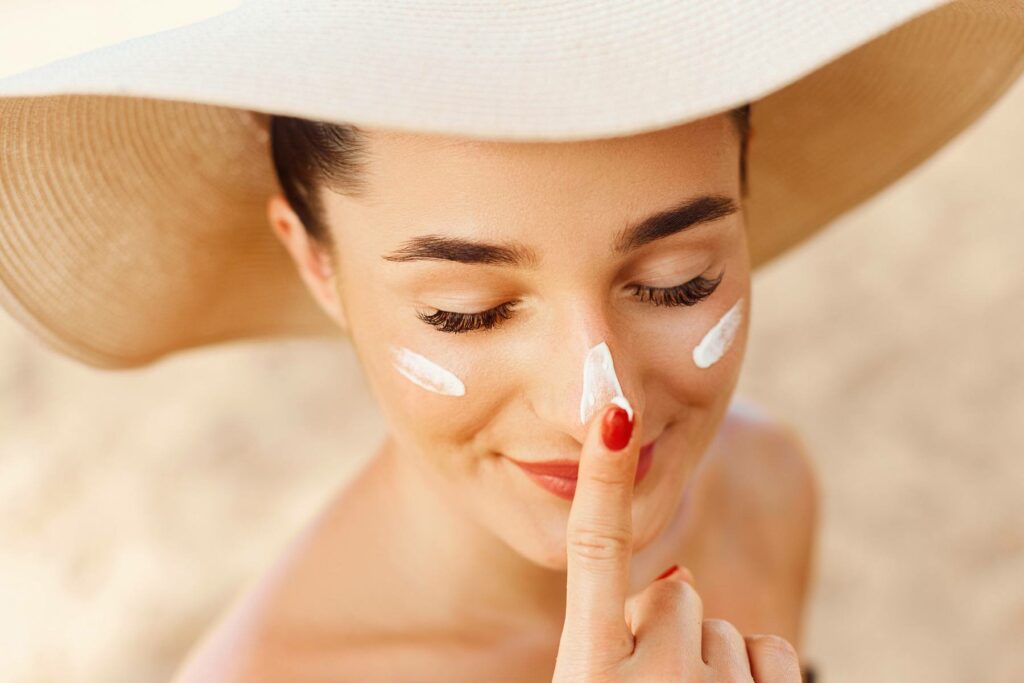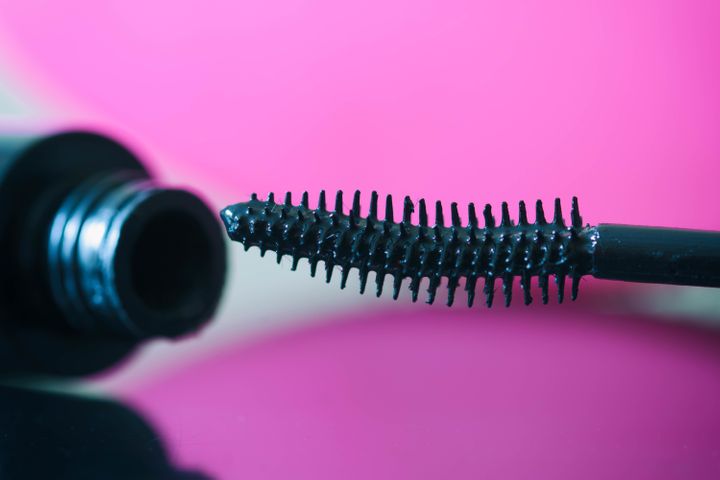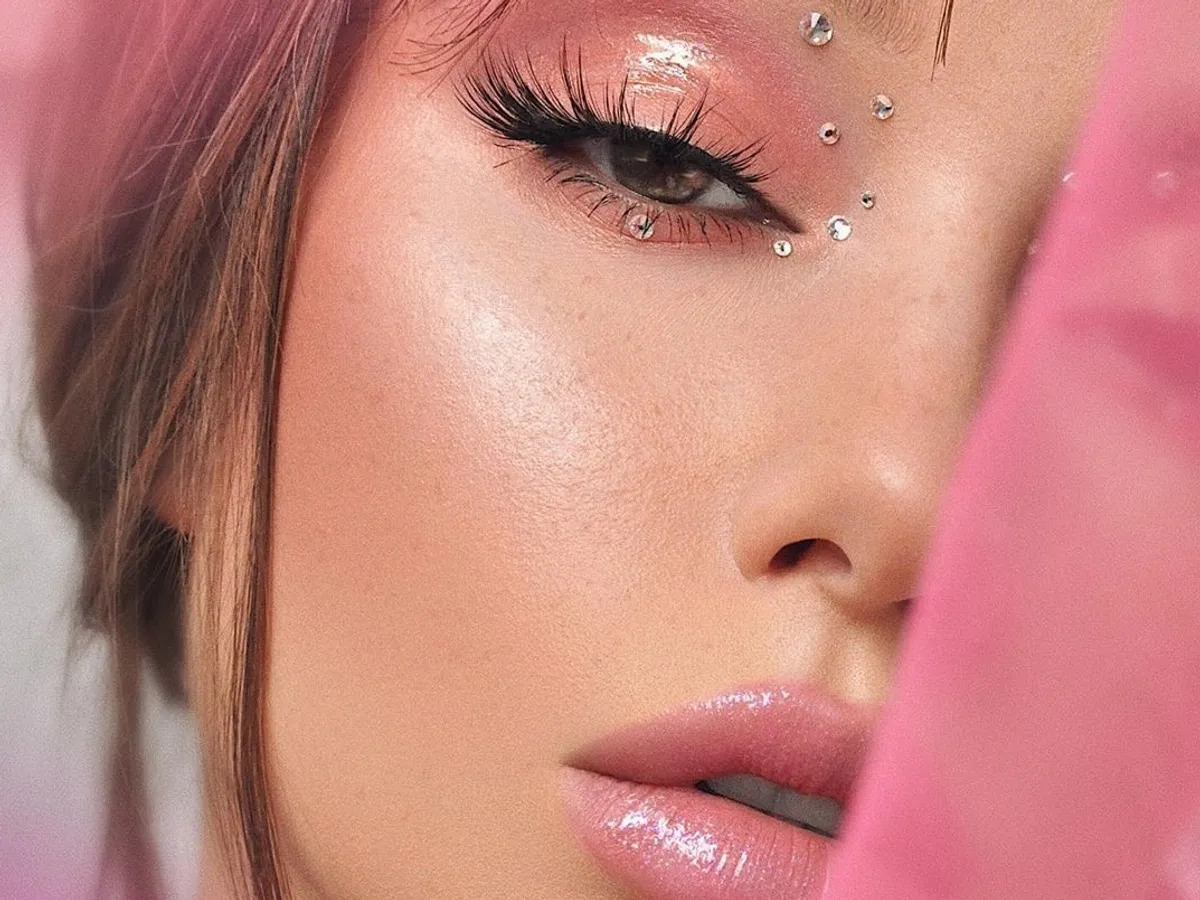
Wearing sunscreen is crucial for maintaining healthy and youthful skin, protecting it from the harmful effects of the sun’s ultraviolet (UV) rays. However, many people struggle with incorporating sunscreen into their makeup routine, particularly when it comes to applying it under foundation. In this comprehensive guide, we will walk you through the steps to ensure that you can effectively wear sunscreen under foundation, allowing you to enjoy the benefits of both sun protection and flawless makeup.
Step 1: Choose the Right Sunscreen:
Before applying sunscreen, it is essential to select a product that suits your skin type and provides broad-spectrum protection against both UVA and UVB rays. Look for a lightweight formula that is specifically designed for the face and has a minimum SPF (Sun Protection Factor) of 30. Opt for non-comedogenic and oil-free options to prevent clogged pores and excessive shine.
Step 2: Cleanse and Moisturize:
Start with a clean canvas by washing your face with a gentle cleanser. Follow up with a lightweight moisturizer suitable for your skin type. Allow the moisturizer to absorb completely before proceeding to the next step. Hydrated skin ensures a smooth application of sunscreen and foundation.
Step 3: Apply Sunscreen:
Take a dime-sized amount of sunscreen and dot it onto your forehead, cheeks, chin, and nose. Gently spread the sunscreen across your face, ensuring even coverage. Pay extra attention to areas prone to sun exposure, such as the bridge of the nose, cheekbones, and temples. Avoid rubbing vigorously, as it may cause the sunscreen to pill or ball up.
Step 4: Wait for Sunscreen to Set:
Allow the sunscreen to absorb into your skin for at least 10 to 15 minutes before applying foundation. This waiting period allows the sunscreen to form a protective barrier on your skin and ensures better adherence of the foundation.
Step 5: Choose a Foundation Formula:
To ensure compatibility between sunscreen and foundation, opt for a foundation with a lightweight and liquid consistency. Oil-free and water-based formulas tend to work best with sunscreen, as they minimize the risk of clogged pores and allow for smoother application.
Step 6: Mix Sunscreen with Foundation (Optional):
If you prefer a more streamlined application process, you can mix a small amount of sunscreen with your foundation. This method helps to ensure even distribution of sun protection and foundation, providing a combined layer of coverage. However, it is important to maintain the recommended amount of sunscreen for adequate sun protection.
Step 7: Apply Foundation:
Using a clean makeup brush, sponge, or your fingertips, apply the foundation onto your face in gentle, downward strokes. Start from the center of your face and blend outward for a seamless finish. Avoid using excessive pressure, as it may disrupt the sunscreen layer beneath.
Step 8: Set with Powder (Optional):
If you prefer to set your foundation with powder, choose a translucent or mineral-based powder with sun-protective properties. Apply a light dusting to ensure your makeup stays in place while adding an extra layer of sun protection.
Step 9: Reapply Sunscreen Throughout the Day:
Remember that sunscreen needs to be reapplied every two hours, especially if you are exposed to direct sunlight for extended periods or if you perspire heavily. When reapplying sunscreen, gently blot away excess oil or sweat with a tissue before applying a new layer.

By following these steps, you can confidently wear sunscreen under foundation, ensuring that your skin remains protected from the damaging effects of the sun’s rays while maintaining a flawless makeup look. Remember, consistent sun protection is key to healthy and radiant skin, so make wearing sunscreen a part of your daily routine.
SPF in Moisturizer: If you’re short on time or prefer a simplified routine, you can opt for a moisturizer that already contains SPF. Many moisturizers offer SPF protection, allowing you to combine hydration and sun protection in one step.
Touch-Up with Powder Sunscreen: Throughout the day, if you need to touch up your makeup or reapply sunscreen, consider using a powder sunscreen. These convenient products come in a compact form and can be applied over your foundation without disrupting your makeup. They provide an additional layer of sun protection while reducing shine.
Don’t Forget the Neck and Chest: When applying sunscreen and foundation, remember to extend it to your neck and chest as well. These areas are often exposed to the sun and can show signs of aging and sun damage. Extend your skincare and makeup routine to these areas to maintain an even complexion.
Choose a High-SPF Lip Balm: The delicate skin on your lips is also susceptible to sun damage. Protect your lips by using a lip balm that offers a high SPF. Look for lip products that contain ingredients like zinc oxide or titanium dioxide for effective sun protection.
Consider a Separate Sunscreen for Body: While this guide focuses on wearing sunscreen under foundation on the face, it’s important to protect your entire body from the sun’s rays. Use a separate sunscreen product specifically formulated for the body and apply it generously to exposed skin when spending time outdoors.
Wearing sunscreen under foundation is a crucial step in maintaining healthy, protected skin. By following the steps outlined in this guide, you can effectively incorporate sunscreen into your makeup routine without compromising your desired makeup look. Remember to choose the right sunscreen for your skin type, allow it to absorb before applying foundation, and reapply sunscreen throughout the day for optimal sun protection. With these practices in place, you can enjoy the benefits of both a flawless complexion and a shielded skin from the sun’s harmful rays.








